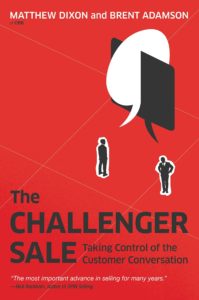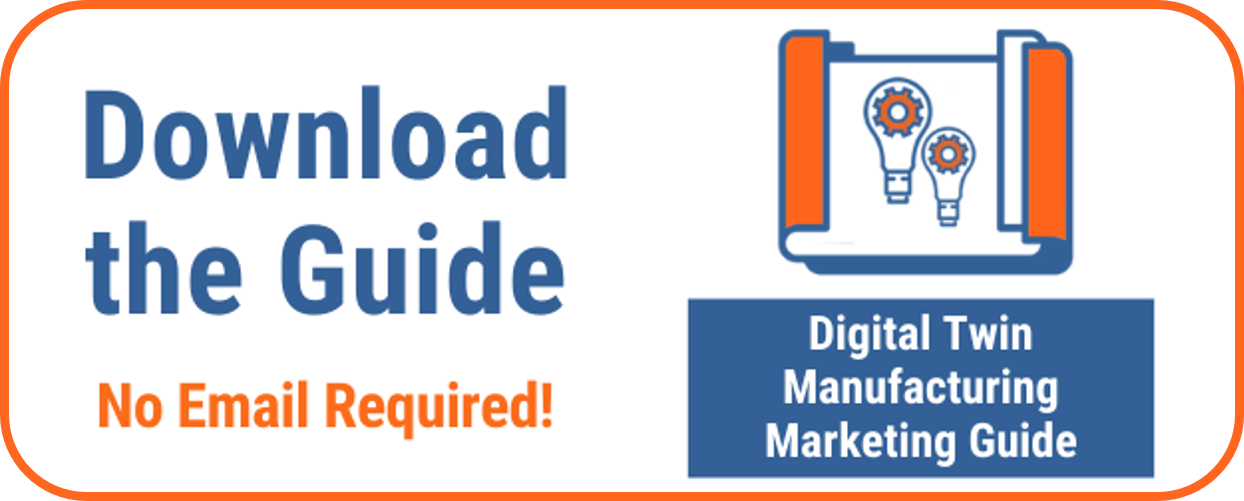The phrase, for better or worse, has long been associated with the hospitality industry, and the gist of it was simple: No matter what the customer wants, you deliver.
That seems to make sense when you’re talking about fixing someone a drink to their liking, or ensuring they have enough pillows for a good night’s sleep. But there’s a fundamental problem with attributing that mentality to sales and marketing in general.
Of course there are still going to be cases in which your customer is right. However, when they don’t know something — such as how your product or service can improve their business — that’s where you need to assert yourself with your sales and marketing approach.
The more accurate phrase for B2B marketing and sales should be: The customer doesn’t know any better. It’s up to you to teach them.
Why the customer is always right works well in hospitality, but not elsewhere
So let’s go back to the “customer is always right” approach that you see in hospitality, and apply it to a specific example.

I approached the bar and asked the bartender if she could make me a drink to those specifications. Without hesitation, she obliged.
The customer (me) was right in this case, and the bartender was there to make me happy, and give me whatever I wanted. But in the B2B world, that approach won’t work. Or at the very least, it won’t help you sell your product or service at a premium.
Don’t give the baby whatever they want; give them insights
In their exceptional book, The Challenger Sale: How to Take Control of the Customer Conversation, authors Matt Dixon and Brent Adamson explore the idea that the customer is always right, or, as the buzzword puts it, becoming “customer-centric.”

Yes, she was an order-taker and a nice person. She listened and delivered, and her employers would be happy she did her job. I was happy she did her job.
But in the business world, we don’t want that. We have so many decisions to make that we are often reliant on experts to show us the way. I am always reminding my team that you are the expert, and it’s your job to push back and show the client the most effective way to do things.
Dixon and Adamson tell us that we need to apply that mentality to our sales and marketing approach.
If the bartender could have surmised from my order that I’m a bit of a foodie and like to try new things, she might have offered that up. And I probably would have paid a premium the next time I visited her to get that mezcal, because it’s so damn good.
As Professor Neil Rackham, author of SPIN Selling, notes in the intro to The Challenger Sale:
The bartender would have provided me with an insight that challenged my approach to margaritas. That’s why people who use the Challenger Sale approach tend to outperform their counterparts by a wide margin (the book uses exhaustive research to show it).
There’s no reason why your sales and marketing can’t do the same thing.
Make the customer the baby, and help them grow the correct way
In our post on how to create a manufacturing marketing plan, we talked about the concept of making the customer the baby.
Nothing brings a family closer together than a baby. So we say, “Make the customer your baby” as you plan your sales and marketing approach. You’ll get everyone united on solving the problems your “baby” faces.
Keep in mind that you don’t give a baby whatever they want. You help them grow through guidance, support, and, most importantly, insights on how the world works.
In other words, help them know, and then watch them grow.

